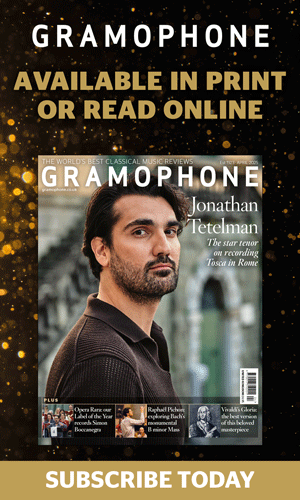Icons – The Busch Quartet
Tully Potter
Monday, March 21, 2016
They were first heard a century ago and their Beethoven recordings surpass all others. Tully Potter pays tribute to the Busch Quartet
Register now to continue reading
Thanks for exploring the Gramophone website. Sign up for a free account today to enjoy the following benefits:
- Free access to 3 subscriber-only articles per month
- Unlimited access to our news, podcasts and awards pages
- Free weekly email newsletter







